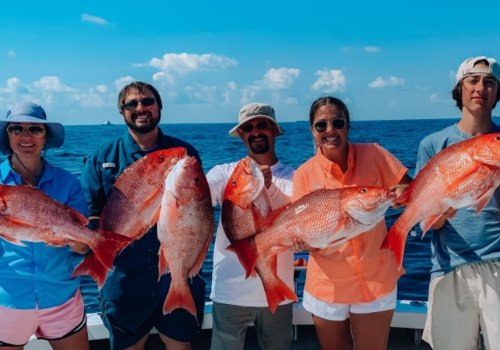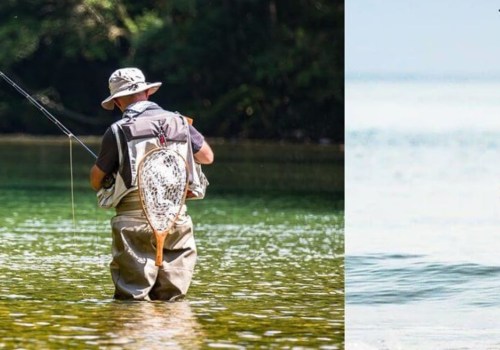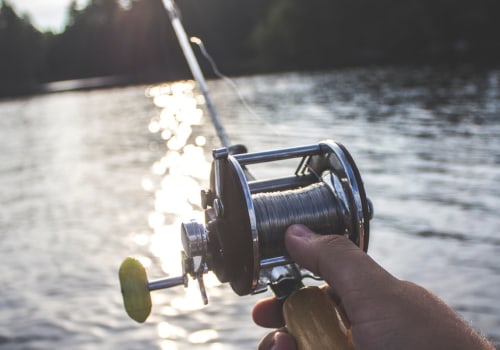Angling and Fishing Conservation is an important part of protecting and conserving the aquatic environment. Fishermen are often the first to detect and report pollution incidents or other environmental problems that need to be addressed. Sustainable fishing practices respect marine ecosystems and adapt to the rate of reproduction of fish to maintain balance and ensure the survival of all species. Recent research has shown that recreational fishing can sometimes be a problem, particularly for threatened species of marine fish.
However, sustainable fisheries and sustainable fish farming (aquaculture) have a positive effect on species and the environment. Seafood such as mussels, oysters and clams are beneficial to our waters, as they use filtration systems inside their own bodies to purify the water around them. They even eliminate dangerous pathogens and chemicals by absorbing them. Unfortunately, fishing and fishery pollution are major contributors to declining ocean health and water quality.
Ghost nets, or nets abandoned in the ocean, are made of plastic and nylon and don't break down, wreaking extreme havoc on wildlife and disrupting ecosystems. Overfishing is also a major issue, as it can lead to a shortage of seafood due to massive amounts of seafood waste, as well as microplastics that are polluting seafood consumed by the public. This is largely due to fishing tackle made of plastic, such as driftnets and longline equipment, which wear out from use, lost or thrown away. Bottom trawling is also devastating for slow-growing corals, sponges, and other benthic species that do not recover quickly and that provide habitat for commercial fishing species. Enforcing high seas fishing regulations is extremely difficult, but member countries have worked to address the problem of illegal fishing and prevent the importation of illegally caught fish and seafood.
Even if you don't have data on how many fish are caught or brought ashore, there's often other information that shows things like how many boats used a marina, how much fuel they used, and how much seafood was for sale in local markets. The Caspian Sea is home to the beluga sturgeon (Huso huso), a large, slow-growing fish. By-catch refers to the by-catch of “non-target” species, such as dolphins, sea turtles, and seabirds by fishing. Overfishing occurs in bodies of water of any size, such as ponds, wetlands, rivers, lakes or oceans, leading to resource depletion, reduced biological growth rates and low levels of biomass. In addition to overfishing, illegal fishing generates $36 billion annually, degrades marine ecosystems and jeopardizes food security.Sustainable fishing ensures that there will be populations of ocean and freshwater wildlife for the future.
International standards such as the MSC (Marine Stewardship Council) standard determine if a fishery is sustainable and well managed. Fishermen are actively involved in gathering the facts about their environment as well as in restoration work which involves releasing certain types of fish that will ultimately lay thousands of eggs. Another way to prevent overfishing and by-catch is to simply refrain from eating fish and other seafood. There may be too much fishing for prey species such as sardines and anchovies, reducing food supplies for predators. The United Nations Food and Agriculture Agency (FAO) says increased intensive fishing has compromised the survival of 33.1% of commercial species leaving them with no time to recover between catches. Scientists fear that continuing to fish at this rate could soon cause global fisheries to collapse.
It is therefore essential that we take action now in order to protect our oceans from further damage.








